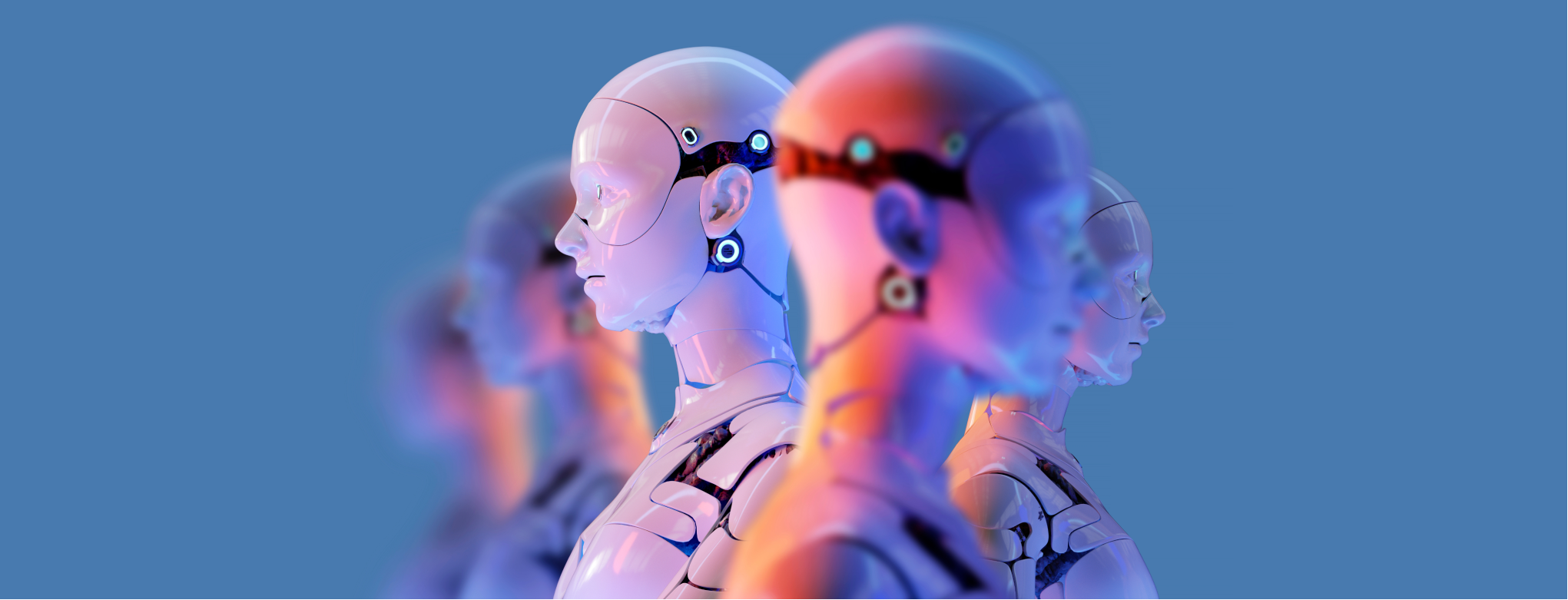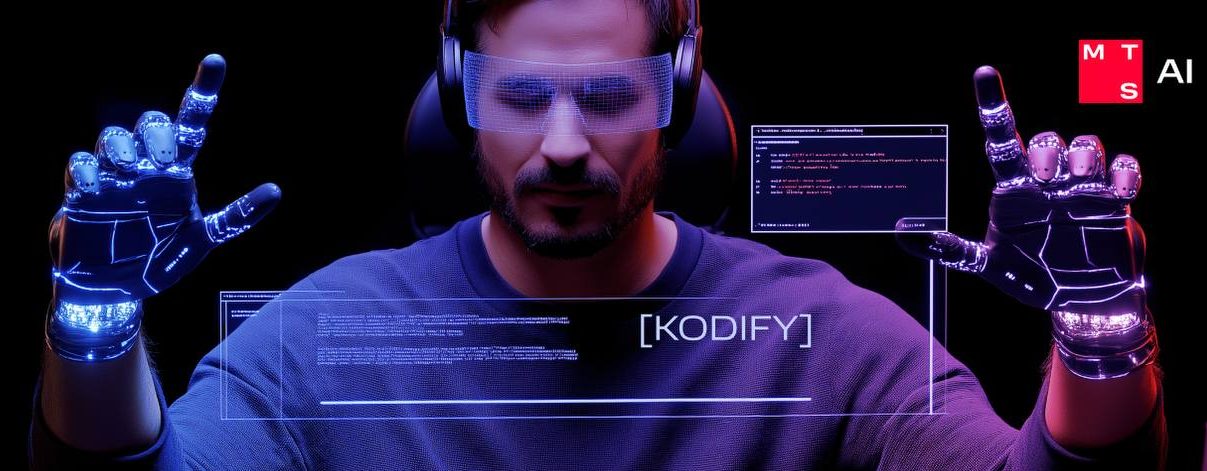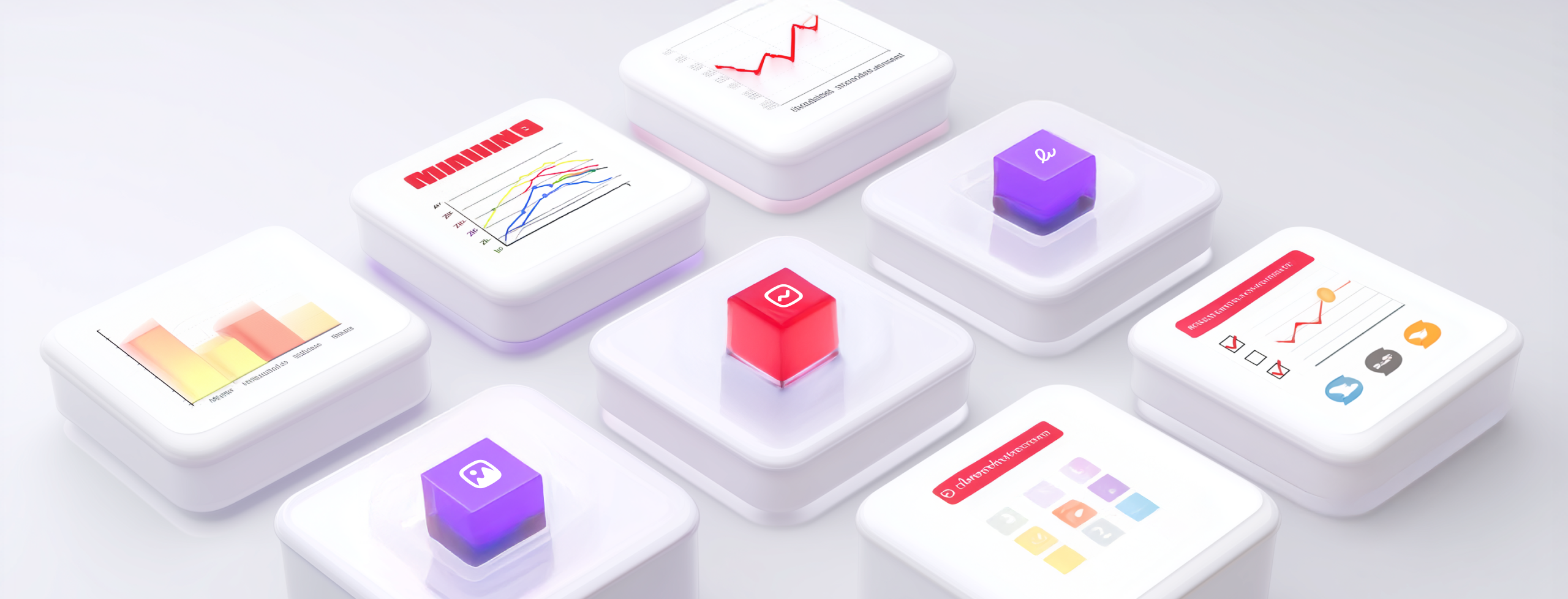Voice and textbots help the employer free himself from a significant number of routine tasks when searching for a new employee: they independently gather all basic information on potential employees and automatically reject responses of those who are not suitable according to the formal criteria. Let’s see how chatbots are simplifying the work of HR offices.
Who needs digital assistants?
According to some research, the use of chatbots in HR departments speeds up the recruitment process by 90%, reducing by 30% the number of candidates who did not come for an interview. In addition, HR managers save up to 4 hours a day by delegating routine tasks to artificial intelligence. As a result they have more time to prepare and conduct final interviews with candidates and a comprehensive analysis of their competencies.*
When searching for a job, bots serve as a mediator between the employer and office-seeker. Digital assistants perform several tasks, for example:
- they gather information from potential employees, following which it is transferred to recruiters in the processed form;
- bots perform the initial questionnaire survey of office-seekers and independently appoint face-to-face job interviews with those people whose candidature will be approved by HR specialists.
This approach saves time for both parties: AI assistants work 24/7 without days off and vacations, find the right candidates in the resume database in a few minutes, and the cost of their “services” is two to three times cheaper than the work of an operator in recruitment centers. With the help of bots, office-seekers will receive a reply from the company faster, and recruiters will need less time to make the decision.
Voice and chatbots could be especially demanded in the retail sector, foodservice, and other sectors where regular and massive recruitment of personnel is performed. If the company does not have any requirements when it comes to considerable experience and any specific skills of a future employee (for instance, when searching for a driver or cashier), the digital assistant can hold a significant part of the interview.
Bots can also take upon themselves internal communication with company employees, which usually do not require analytical work and direct intervention of HR offices. The digital assistant will independently reply to typical questions concerning the wages, voluntary health insurance, leave schedule, how to formalize corporate training or connection, etc.
How does MTS AI help in the automation of HR tasks?
In order to automate communications with employees and job seekers, MTS AI suggests using NLP Platform, a low—code tool for developing voice and text bots and managing them based on AI.
The platform is easy to integrate into existing development processes using MLOps tools, and thanks to ready-made ML models, customers will be able to save time configuring the bot and achieve high quality of its work on small data by retraining.
HR bots developed on the MTS AI infrastructure are used for:
- initial communication and testing of office-seekers;
- adaptation of new employees – the bot will familiarize them with company policy and share internal communications;
- employees’ training – it will test the staff members in order to subsequently recommend certain books, courses, etc;
- support for the staff members – it will reply to frequent HR questions concerning the wages and leaves;
- help in formalizing corporate documents.
Who is already getting help from MTS AI bots?
The solution has already been tested inside MTS AI on a trial basis. The bot has helped the HR office managers reduce a huge stream of incoming communication from employees, for instance, “how to quit the job?” and “how to order a certificate (note)?” At the same time, part of work cannot be automated – for instance, assessment of employee efficiency, and HR offices managed to free some time to solve such tasks. According to the results of research in 2022, the speed of replying to the employees’ requests increased by 80%, and the time spent to solve their issues and tasks reduced by 70%.
Sources: researches of Just AI, PLus Consulting и BSS, MIT и Genesys, Gartner, IDC, TWIN.













